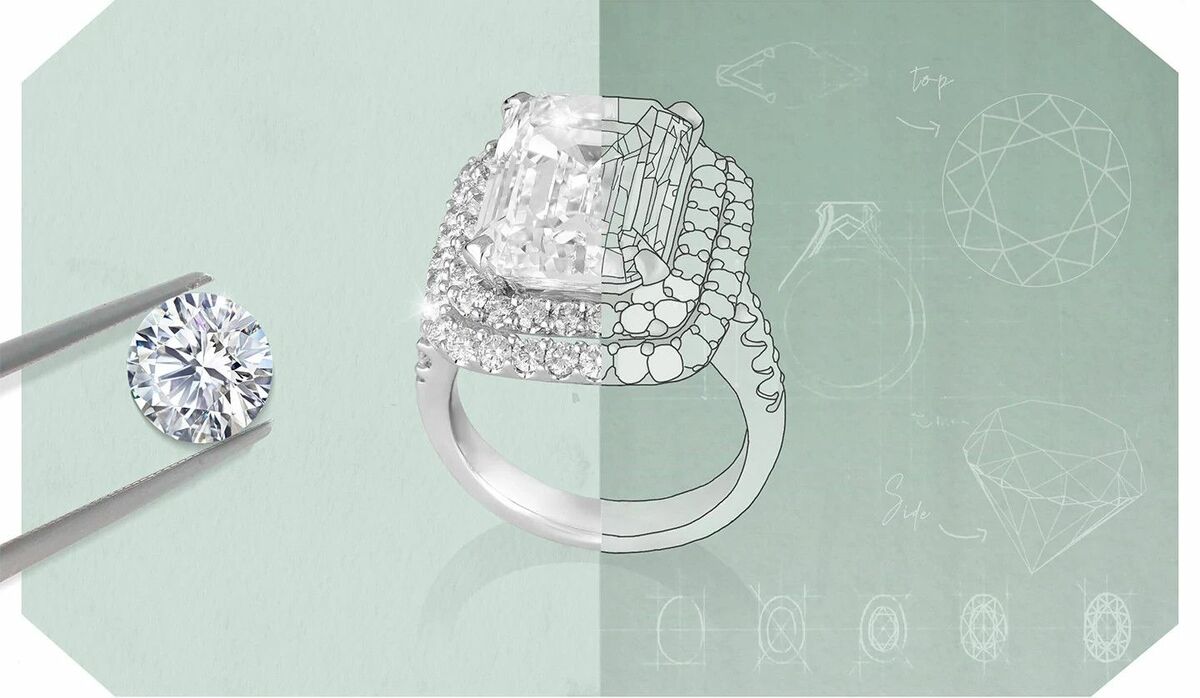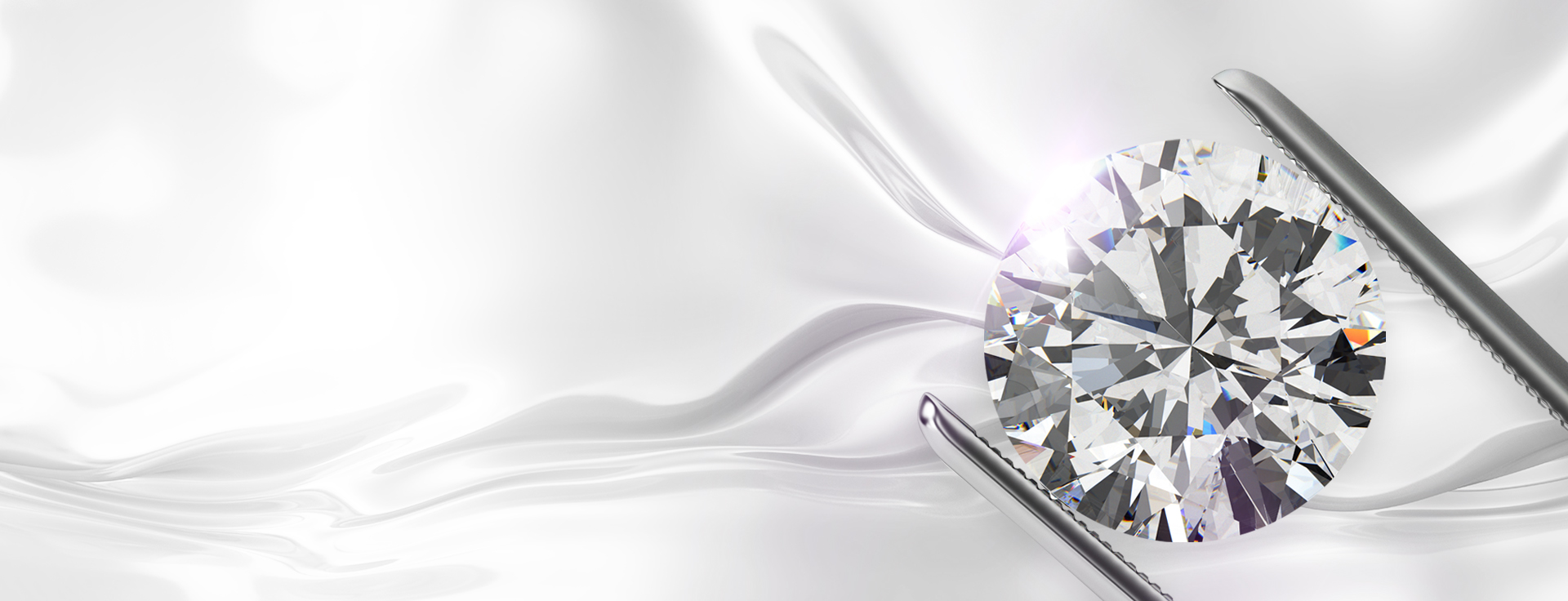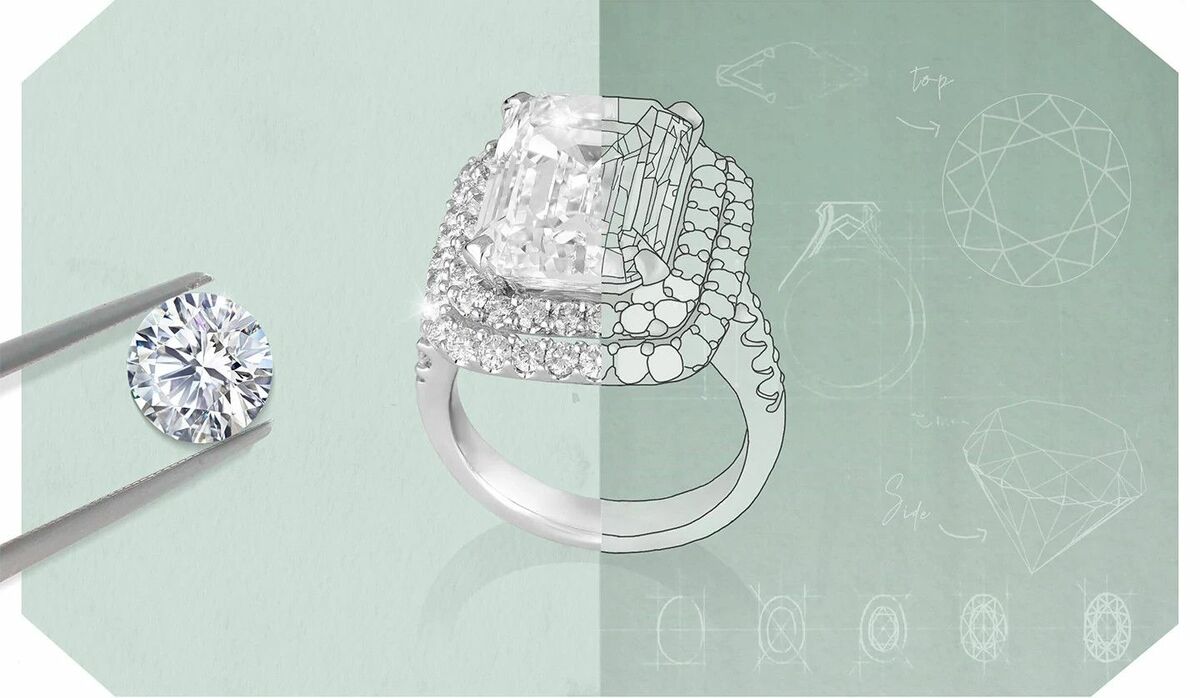Understand

Source: Natural Diamond Council (NDC)
2022-02-09
The most important of the 4C’s, the cut gives the diamond its recognizable outline and enhances its natural brilliance. The cutting determines the way the stone interacts with light. The cut grading assess the appearance, brightness, fire and scintillation, which are the factors that make up whether a diamond is luminous or not. Gemological Institute of America (GIA) assigns cut grades of five categories to each diamond, namely: excellent, very good, good, fair and poor.
Next up, color.
In terms of diamond color, colorless natural diamonds are ranked highly in the grades. Typically, out of a million natural diamonds, very few are close to colorless, or even none, making them extremely rare. For pink, blue, orange, purple and other colored diamonds, they have another set of grading standard. Among them, yellow diamonds are popular among the public for their high-quality luster, fire and relatively moderate prices.
Next, select the diamond carat size and clarity based on your budget.
Larger diamonds might not be the best for you. It is important to choose the diamond according to your finger size.
For the clarity, natural diamonds is graded under a 10x magnifying glass, they are Flawless, IF Internal Flawless, VVS Very Very Slight Inclusion, VS Very Slight Inclusion, SI Slight Inclusion .(Double check these terms used in our website) Flawless natural diamonds are very rare and valuable.
Finally choosing the ideal setting
Consider setting which suit your need and compliment your diamond.
Prong (Claw) Setting: Claw settings can generally be divided into settings, it is one of the most popular settings today. Whether it's a ring, pendant or earrings, Its long metal prongs hold the natural diamond solitaire tightly and cover least amount of a diamond’s surface and maximizes visibility thus releasing sparkle and beauty of the natural diamonds.
Bezel Setting: This setting is also very common, bezels are thin metal frames that wrap the diamond in its entirety. While the custom metal rim is known for best protecting the diamonds tightly, with overall smooth surface, which is very suitable for brilliant-cut natural diamond in stud earrings.
Halo Setting: If you wish your diamond solitaire to sparkle ever more, you may add a ring of small diamond around it. The halo setting can also encase the diamond with other gemstones, giving the illusion of a bigger and more grand appearance.
Caliper setting: The natural diamond is precisely calibrated, and a very small groove is opened on the two handles of the ring, and the natural diamond can be fixed on the ring by the pressure of the metal handle. This ring style is especially suitable for men who like to have platinum or gold ring as their wedding ring.
Row Setting: Natural diamonds are densely set in rows and strings, in holes and fixed by left and right metal rods. Contemporary diamond engagement ring designs use this setting to line up smaller combinations of natural diamonds, pearls and other gemstones, making the ring more contemporary and stylish overall.
Select a natural diamond you like, choose a setting that most present the brilliance of natural diamonds, then integrate the designer and your own ingenuity to add a very personal touch to your jewellery.
Without further ado, go find your favorite natural diamonds!



